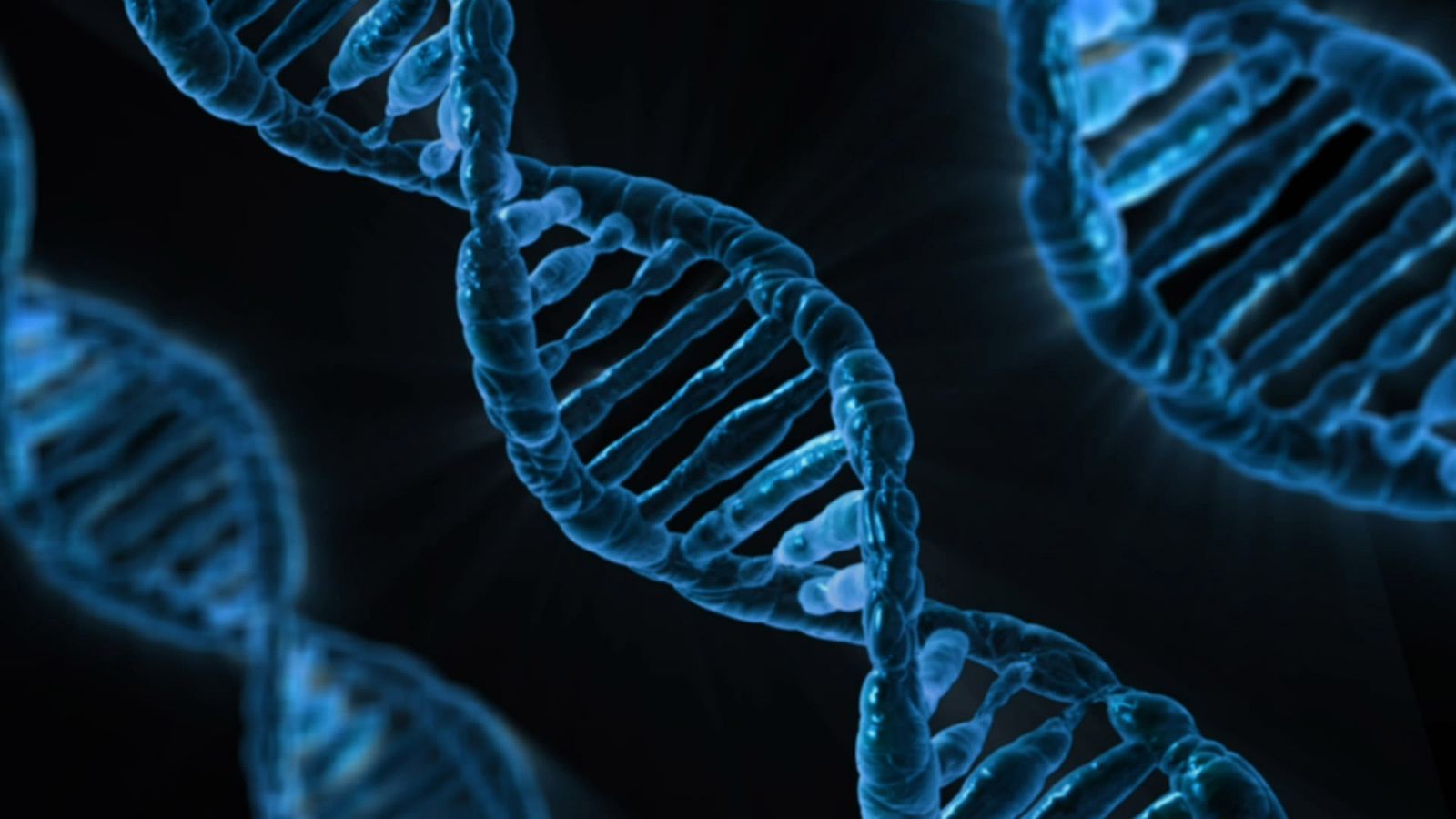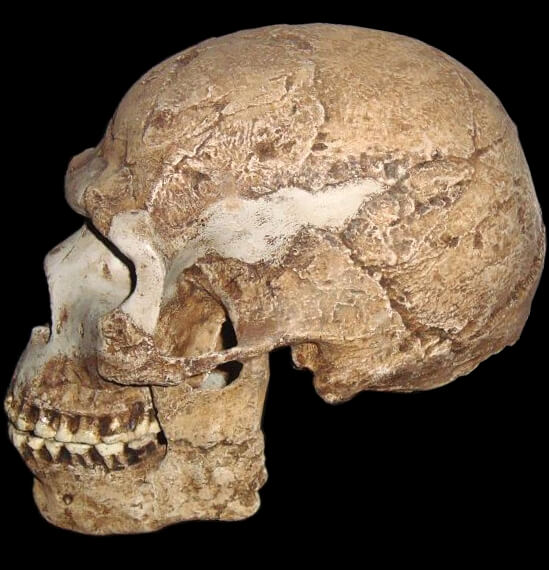DNA Clues Rewrite Our Understanding of Early Human Migration
A new study has shaken the way scientists understand how humans evolved. It shows that human evolution was far more complex than anyone thought. For years, experts believed that early humans left Africa once and slowly spread across the world. But recent genetic evidence reveals a different story. Multiple groups of early humans migrated at different times, often mixing with each other. This makes our ancestry more like a tangled web than a straight line.
Harvard University, Max Planck Institute, and UC Berkeley joined forces to decode ancient DNA. They studied samples from fossils found in caves across Africa, Asia, and Europe. These samples revealed traces of Neanderthals, Denisovans, and even mysterious ancient humans we never knew existed. These unknown groups left genetic markers in modern humans, especially those from Asia and Oceania. The researchers believe that human migration was not a one-way journey. It happened in waves, often in different directions.

Here’s a quick look at the migrations uncovered in the study:
| Migration Group | Estimated Date | Regions Impacted |
|---|---|---|
| Homo sapiens (early) | 200,000 years ago | East and South Africa |
| Homo sapiens (later wave) | 80,000 years ago | Middle East and Europe |
| Denisovan admixture | 50,000 years ago | Southeast Asia, Australia |
| Unknown archaic humans | 120,000 years ago | Central Africa |
This table shows just how multi-layered the story of our species really is.
Fossil Discoveries Challenge the Traditional “Out of Africa” Theory
Fossils found in places like Morocco, Israel, and Southeast Asia have led researchers to question the well-known “Out of Africa” model. For decades, this theory claimed that all modern humans came from a single group that left Africa around 60,000 years ago. But these new findings tell a different tale. They show that early humans were already living in multiple places at once. These humans were not identical. They had different skull shapes, bone sizes, and tool-making styles.
In Jebel Irhoud, Morocco, researchers found a skull that looked modern but was over 300,000 years old. That’s far older than the supposed date of human migration. In Southeast Asia, bones and stone tools were discovered that don’t match any known species of humans. Some experts think these remains belonged to a new group altogether. This suggests that many human species were alive at the same time and often shared the same regions.
These discoveries have created a big shift in how human origins are taught and understood. Instead of thinking of one “exit” from Africa, scientists now believe that evolution happened regionally, and different species mixed with each other. This kind of interbreeding made humans stronger, more adaptable, and genetically diverse.

How This Changes What We Teach and Think About Human Origins
This research isn’t just for scientists. It affects what children learn in school, especially in the U.S. Today’s textbooks often present human evolution as a simple path from apes to modern humans. But this new data shows that the journey was anything but simple. There were many stops, many paths, and many different types of humans along the way.
Experts in American education, like Professor Jill Cartwright from the University of Washington, say these updates must be included in future textbooks. She says, “Our students deserve to know the full, exciting story of our genetic heritage.” Museums across the U.S. are also reviewing their exhibits. Institutions like the Smithsonian are planning new displays that reflect this more detailed understanding of our past.
Understanding the complexity of evolution helps people better appreciate where they come from. It also promotes tolerance, showing that all humans share a rich and mixed background.
Who were these human ancestors?
The genomic analysis does not identify the two human ancestor groups. But scientists know from the fossil Turning Tally that around one million years ago, there were two human species living in Africa: Homo erectus and Homo heidelbergensis. Could they have been one or both of the ancestral populations identified by the scientists? We don’t know for sure, and more research is needed to investigate this intriguing possibility.
Bottom line: A population of human ancestors split into two groups about 1.5 million years ago. Then, about 300,000 years ago, they merged to form modern humans.
FAQs About Human Evolution Complexity
Was there more than one species of human?
Yes. We once shared Earth with several species, including Neanderthals, Denisovans, and others not yet named.
What is the difference between a hominin and a hominid?
Hominids include all great apes. Hominins are just humans and our close ancestors.
Why do we have Neanderthal DNA?
Because modern humans and Neanderthals mated around 50,000 years ago.
Will schoolbooks in the U.S. be updated?
Experts say yes. New data means new information must be added to science classes.
Can I trace these ancient genes in my DNA?
Yes. Companies like 23andMe show if you have Neanderthal or Denisovan ancestry.
Read our previous article: Elephant Seal Migrations: A Warning Sign of Ecosystem Change